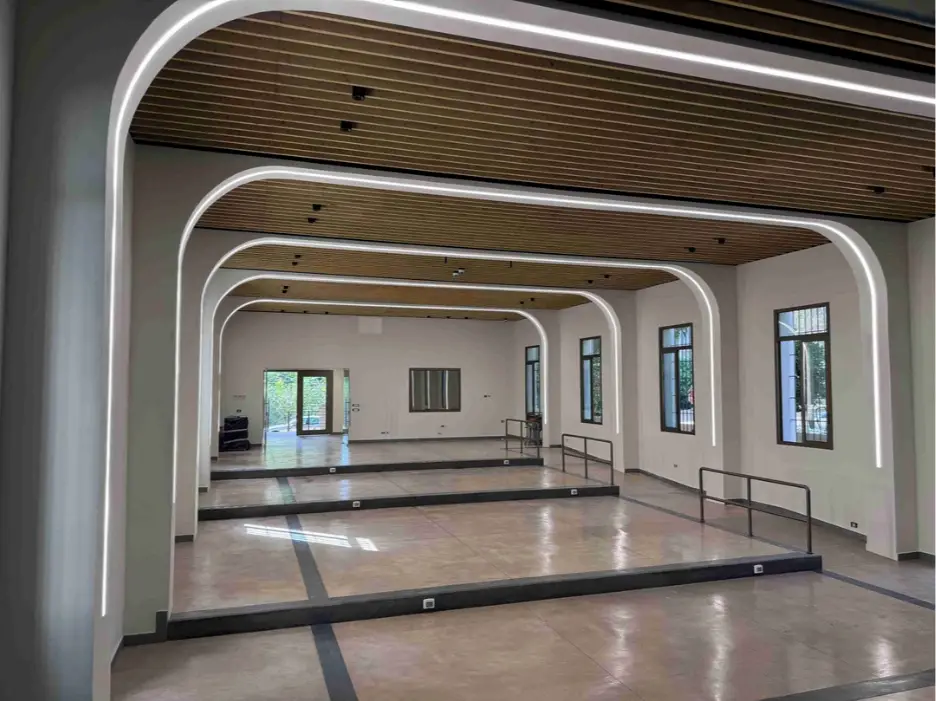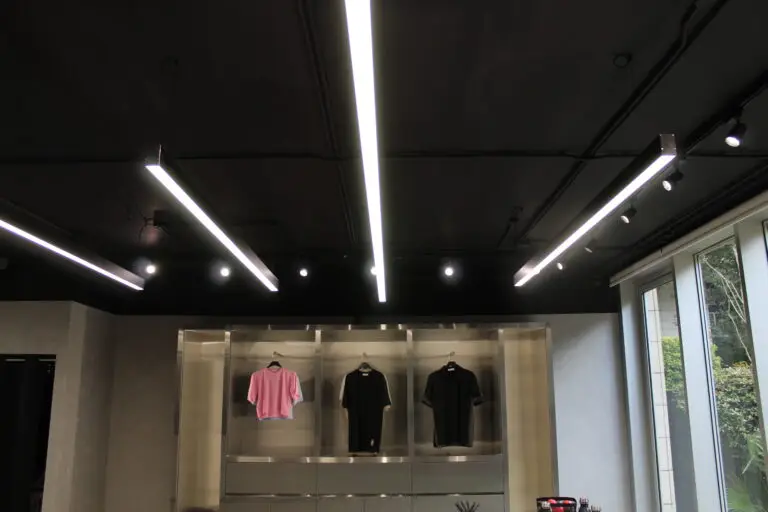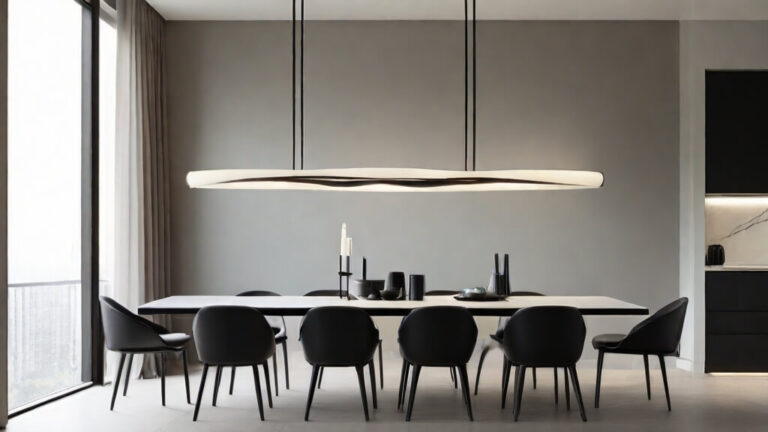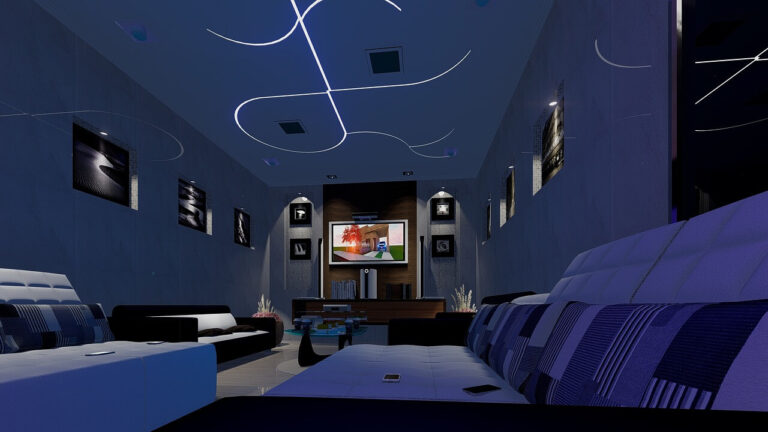We received new products - Visit our catalog!

How to Spot Low-Quality LED Lights Before You Buy
Not all LED lights are created equal. If you’ve ever bought an LED that didn’t last as promised or didn’t shine as brightly as expected, you’re not alone. The market is flooded with cheap, low-quality LEDs, and if you’re not careful, you could waste money on products that fail to deliver.
But how do you separate the good from the bad? Here’s a practical guide to spotting low-quality LED lights so you can avoid the headaches and get the results you need.
1. Check the Lumen Output
The brightness of an LED is measured in lumens, not watts. Low-quality LEDs often cut corners by using fewer lumens, giving you dim, unsatisfactory lighting.
Here’s how to check:
- Look at the lumens-per-watt ratio. A good-quality LED should produce at least 80–100 lumens per watt.
- Compare brightness across brands with similar wattage to see if you’re getting the most light for your energy use.
2. Examine the Power Factor (PF)
We won’t bore you with the math, but the power factor is critical. It tells you how efficiently the light uses electricity. A low power factor means you’re not getting the full wattage you’re paying for.
Pro Tip: Use a multimeter to test the real power output of the LED. If the PF is below 0.9, it’s a red flag.
3. Look at Heat Dissipation
LEDs generate heat, and without proper heat management, they’ll burn out quickly. Low-quality LEDs often lack adequate heat sinks, causing them to fail prematurely.
Here’s what to watch for:
- Material: Aluminum is ideal for heat dissipation, while plastic tends to trap heat.
- Design: Check for visible fins or vents that indicate effective heat management.
4. Test for Flickering
Flickering isn’t just annoying; it’s a sign of poor-quality components and can cause eye strain or headaches.
To check for flickering:
- Take a video of the light using your smartphone. If you see bands or flickers in the playback, the LED likely has unstable drivers.
5. Read the Label and Certifications
High-quality LEDs comply with safety and performance standards. Always check for certifications like:
- CE (Conformité Européenne) or RoHS (Restriction of Hazardous Substances): Ensures the product meets safety and environmental requirements.
- LM-79 and LM-80 Reports: These verify the LED’s performance and lifespan.
No certifications? That’s your cue to walk away.
6. Beware of Too-Good-to-Be-True Prices
If the price seems too low compared to other LEDs with similar specifications, it’s probably cutting corners somewhere. Cheap LEDs often use inferior materials and components that lead to:
- Shorter lifespans
- Poor light quality
- Higher energy consumption
Investing a little more upfront in quality pays off in the long run.
7. Ask for a Warranty
Reputable manufacturers stand behind their products with solid warranties. If the seller isn’t willing to offer at least 2–3 years of coverage, it’s a warning sign.
Why EMC Superled Delivers Only the Best
We’ve been in the LED industry for over a decade, and we’ve seen it all. At EMC Superled, we’re committed to providing only top-tier products that meet the highest standards. Here’s how we ensure quality:
- Rigorous Testing: Every light is tested for brightness, power factor, and heat dissipation before it reaches you.
- Certified Excellence: All our LEDs come with the necessary certifications for safety and performance.
- Customer First: We back our products with warranties and invite you to test them before you buy.
Don’t Get Burned by Bad LEDs
Low-quality LEDs may seem like a bargain, but they’ll cost you in the long run. By following this guide, you’ll avoid common pitfalls and make a smart investment in lighting that lasts.
Ready to upgrade to LED lights you can trust? Contact EMC Superled today, and let us help you find the perfect solution for your needs.
Contact EMC SUPERLED, LED Lighting Experts in Mtaileb Lebanon
If you found this useful, you sure will like our article on:



